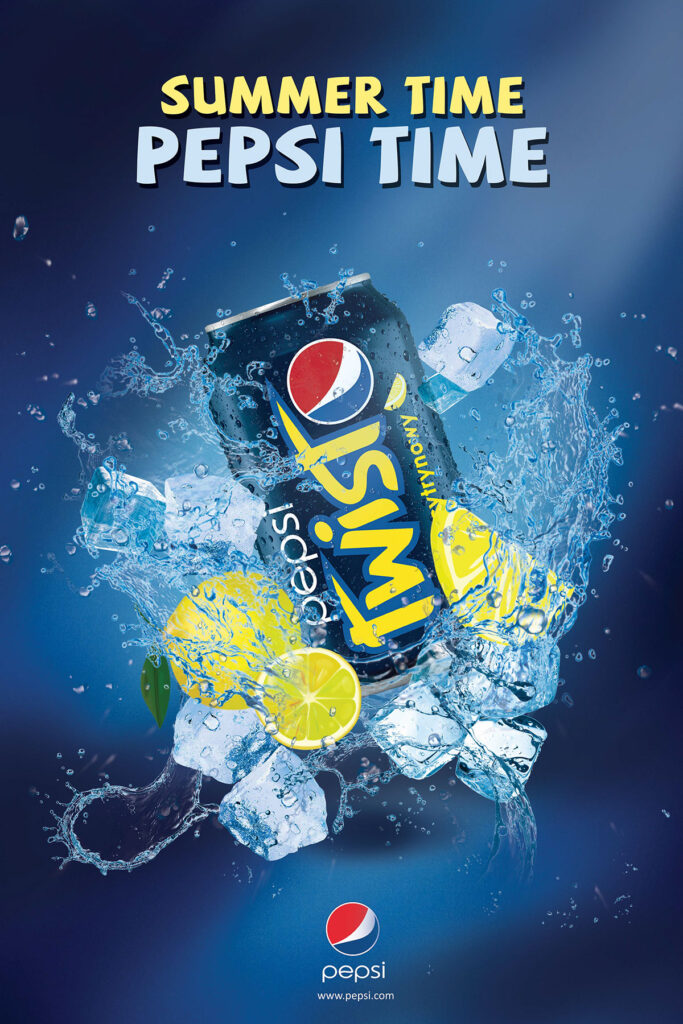You know, I used to see advertisements as just… noise. Those flashy billboards, the annoying pop-ups, the commercials that interrupted my favorite shows. They were just there, something to be endured or ignored. I never really thought about the why or the how behind them.
But then, a question started bubbling up: how do they work? How do some ads make you laugh, others make you want to buy something immediately, and some just vanish from your mind the moment they’re gone? That curiosity, combined with a nagging feeling that I needed to understand how to get my own message out there (I was trying to get a small online project off the ground), eventually led me down a path I never expected: enrolling in an advertising course.
And let me tell you, it was a game-changer.
My Journey into the World of Ads
I was at a crossroads. My little online shop wasn’t getting enough eyeballs, and my attempts at promoting it felt like I was shouting into an empty room. I knew I needed to learn how to connect with people, but "marketing" and "advertising" felt like these big, intimidating words reserved for corporate giants.
The idea of taking an advertising course felt a bit daunting. Would it be super technical? Would I need a degree in psychology or graphic design? My background was… well, let’s just say it wasn’t in "persuading the masses." But I figured, what’s the worst that could happen? I’d learn something new, or at least confirm that it wasn’t for me.
The Moment I Decided to Dive In
After a bit of research, I found a course that promised to break down the fundamentals for beginners. It wasn’t about memorizing complex theories; it was about understanding the human element behind every ad. That sounded much more my speed. I took a deep breath, hit "enroll," and braced myself for what was to come.
What Actually Happens in an Advertising Course?
If you’re picturing rows of desks and a stern lecturer droning on about economic models, think again! At least, that wasn’t my experience. It was much more dynamic, engaging, and frankly, a lot more fun than I anticipated.
From Jargon to "Aha!" Moments
The first few days were a blur of new words: "target audience," "unique selling proposition," "call to action," "A/B testing." It felt like learning a whole new language. But our instructor was brilliant at breaking it down. Instead of just defining terms, they’d use real-world examples, often from ads we’d all seen.
- Target Audience: This was a huge "aha!" moment. It’s not just about trying to sell to everyone. It’s about figuring out who your product or service is actually for. What are their hobbies? What problems do they face? Where do they hang out online? Once you know that, your message becomes so much clearer.
- Unique Selling Proposition (USP): Why should someone choose your thing over a competitor’s? This isn’t just about saying "we’re the best." It’s about pinpointing that one special thing that makes you stand out.
- Call to Action (CTA): Sounds simple, right? "Buy now!" But an effective CTA is more than that. It’s about guiding your audience clearly on what to do next, whether it’s "Learn More," "Sign Up for Free," or "Download Your Guide."
It wasn’t just about making pretty pictures or catchy jingles; it was about strategy. It was about understanding human behavior and psychology at a fundamental level.
Getting Hands-On: Practical Magic
One of the best parts of the advertising course was the practical work. We didn’t just listen; we did. We were given assignments to:
- Analyze existing ads: What worked? What didn’t? Why?
- Create mock campaigns: For fictional products or services, we’d brainstorm target audiences, write headlines, and even design simple visuals using free online tools.
- Practice copywriting: Learning to write words that compel people to act, whether it’s clicking a link or sharing a post.
This hands-on experience demystified the whole process. It transformed advertising from an abstract concept into a set of tangible skills I could actually use.
Beyond the Classroom: Skills You’ll Actually Use
What I learned in that advertising course wasn’t just theoretical; it was incredibly practical and applicable to so many aspects of life, not just marketing.
Crafting Compelling Messages (Copywriting)
Suddenly, words had power. I learned how to structure sentences to grab attention, how to evoke emotion, and how to clearly communicate value. This skill isn’t just for ads; it’s for emails, presentations, even just talking about your ideas effectively. It teaches you to be clear, concise, and persuasive.
Understanding Your Audience (Targeting)
This was a game-changer. Instead of shouting into the void, you learn to whisper directly to the right ears. It teaches you empathy – putting yourself in someone else’s shoes to understand their needs and desires. This skill helps you connect better with anyone, whether it’s a customer, a colleague, or a friend.
The Art of the Visual (Design & Storytelling)
While it wasn’t a graphic design course, we learned about the impact of visuals. What colors evoke what feelings? How does an image tell a story even before a single word is read? It taught me to see the world through a more visual lens and appreciate the power of good design in conveying a message.
Measuring Success (Analytics)
How do you know if your ad actually worked? This course introduced me to the basics of tracking results. It’s not about guessing; it’s about looking at data – how many people saw your ad, how many clicked, how many actually bought something. This data-driven approach is invaluable for refining your strategy and making smarter decisions.
Is an Advertising Course Right for You?
After going through it myself, I truly believe an advertising course can be incredibly beneficial for a wide range of people.
Who Benefits Most?
- Small Business Owners & Entrepreneurs: If you’re trying to promote your own products or services without a huge budget, learning the fundamentals will save you a ton of time and money. You’ll learn how to create effective ads yourself or how to intelligently hire and manage someone else to do it.
- Aspiring Marketers: This is a fantastic entry point into the marketing world. It gives you a solid foundation and helps you understand the various specializations within advertising.
- Career Changers: If you’re looking to pivot into a creative or business-focused role, advertising skills are highly sought after across many industries.
- Anyone Curious About Consumer Psychology: If you’ve ever wondered why people buy what they buy, or how brands manage to capture our attention, this course will give you fascinating insights into human behavior.
- Content Creators & Influencers: Understanding how to package and promote your content is crucial for growth, and an advertising course provides those tools.
My Final Thoughts: A Journey Worth Taking
Looking back, that decision to enroll in an advertising course was one of the best I’ve made. It didn’t just teach me how to create an ad; it taught me how to communicate more effectively, how to think strategically, and how to understand the world around me with a new perspective.
I no longer see ads as just noise; I see them as stories, strategies, and sometimes, even art. They’re a powerful way to connect, inform, and persuade, and learning the mechanics behind them has given me a sense of confidence I didn’t have before.
If you’re on the fence, wondering if an advertising course is for you, I say go for it. You might just discover a whole new way of seeing the world – and a powerful set of skills to go along with it. It’s not just about selling; it’s about understanding how to make your voice heard in a crowded world. And that, in my book, is invaluable.



